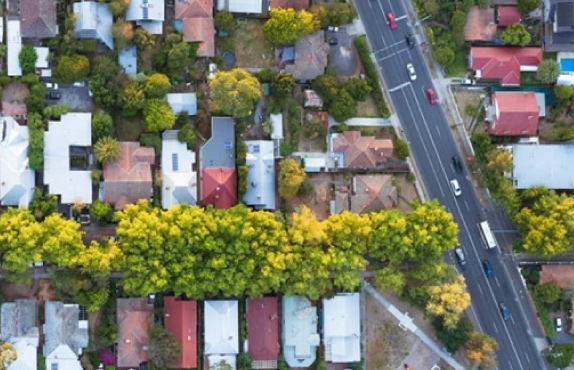
03 Aug Vacant Residential Land Tax – What do you need to know about this tax
In October 2023, the Victorian State Government introduced a bill proposing amendments to various state acts. The bill suggests the application of the vacant residential land tax to all vacant residential land in Victoria from January 1, 2025. Additionally, it seeks to extend the definition of vacant residential land tax to include certain unimproved land in metropolitan Melbourne, effective from January 1, 2026.
What is vacant residential land tax?
In order to free up more housing supply in Victoria, the State Government introduced the vacant residential land tax, effective from 1 January 2018. The vacant residential land tax, also known as vacancy property tax, applies to homes in inner and middle Melbourne that were vacant for more than six months in the preceding calendar year.
This tax is different from land tax, the absentee owner surcharge, and the federal annual vacancy fee.
How much is the tax?
This annual tax is set at 1% of the capital improved value (CIV) of taxable land. The CIV of a property is the value of the land, buildings, and any other capital improvements made to the property as determined by your local council. It is displayed on the council rates notice for the property.
What is residential property or residential land?
Residential property refers to land primarily used for residential purposes, including homes or apartments. It also includes land where a residence is being renovated or a former residence has been demolished for the construction of a new residence.
Currently, residential property doesn’t include:
- vacant land,
- commercial residential premises,
- residential care facilities,
- supported residential services or
- retirement village.
What does ‘vacant’ mean?
A property is considered vacant if, for more than six months in the preceding calendar year, it has not been lived in by:
- The owner, or the owner’s permitted occupant, as their principal place of residence (PPR) or
- A person under a lease or short-term letting arrangement made in good faith
Where does the tax apply?
Currently, the vacant residential land tax applies to the following council areas:
- Banyule
- Bayside
- Boroondara
- Darebin
- Glen Eira
- Hobsons Bay
- Manningham
- Maribyrnong
- Melbourne
- Monash
- Moonee Valley
- Merri-bek (formerly Moreland)
- Port Phillip
- Stonnington
- Whitehorse
- Yarra
From 1 January 2025, this tax will be extended to vacant residential land within Victoria.
Are there any exemptions?
The following exemptions are available for Victorian property owners:
Homes: Properties that are exempt from land tax are also exempt from vacant residential land tax, such as your principal place of residence (PPR).
Holiday home exemption: This applies to a property used and occupied by the owner/associates as their holiday home (a second home) for at least 4 weeks in a calendar year.
Work accommodation exemption: This exemption applies to a property used and occupied by the owner for work purposes. The property must be occupied by the owner for at least 140 days in a calendar year for the purpose of attending their workplace or conducting business.
Change of ownership: Property that changes ownership in the year preceding the tax year is exempt from the tax
New residential properties: property that becomes residential property during the calendar year is not subject to the tax in the following 2 tax years.




Sorry, the comment form is closed at this time.